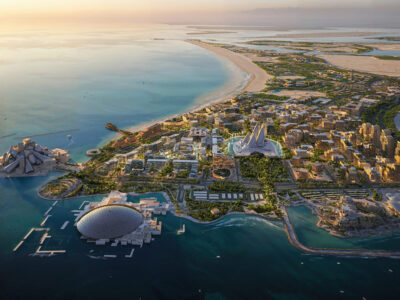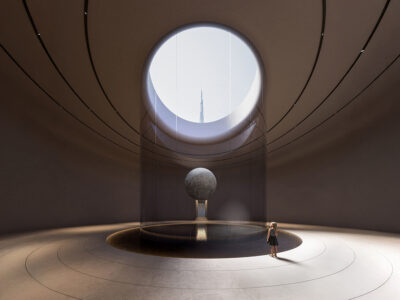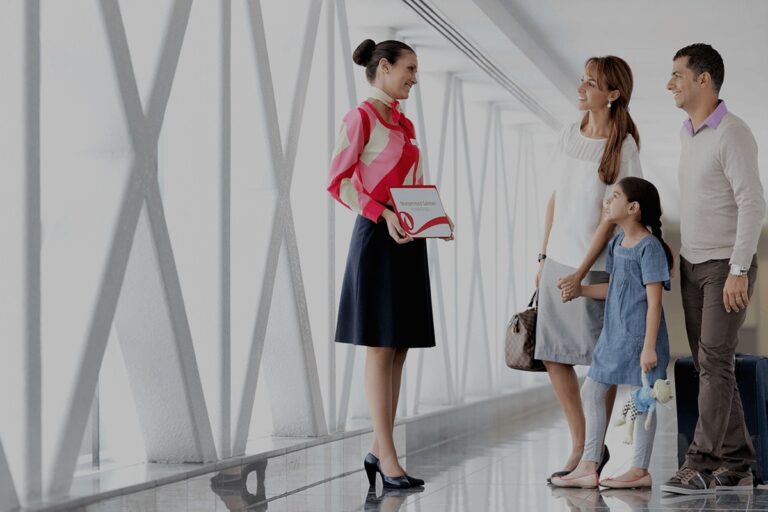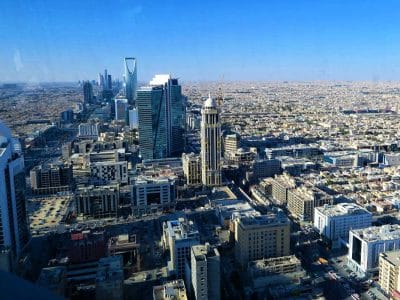You can learn a lot about the state of modern travel by watching people at the baggage carousel. Some are alert, waiting for the first flash of their suitcase. Others are slumped on their luggage trolleys, sleep-deprived and jet-lagged. A few pace slowly, earbuds in, their trip technically over – but they’re still waiting. The final stretch of the journey often reflects how the entire airport experience feels: familiar and oddly tiring in ways we’ve come to accept.
Somehow, we have learned to tolerate this strange sense of being moved around, but not really cared for. This is changing.
Over the past two decades, airports have added more of almost everything – more shops, more gates, more tech. But travellers have changed faster than the infrastructure built to serve them. They want fewer moments where they’re unsure what to do next, or where to go, or why something that should be simple has suddenly become complicated.
In my work across airports in the Middle East, Europe, Asia and Australia, I’ve seen this shift up close. Families travelling through Heathrow increasingly ask for guidance, not as a luxury, but because it helps them stay calm. Older passengers arriving in Melbourne are more likely to want help getting to their transfer, not because they’re unfamiliar with travel, but because they’re tired of the mental load. Even frequent flyers at Zurich Airport, one of the most efficient in the world, are asking to offload just one more step.
Across the industry, there’s a growing awareness that airport experiences need to evolve. We’re seeing steps in the right direction – more intuitive layouts, better signages and the integration of biometric and queue management technologies. From the UAE to Japan, Singapore to Germany, the results are airports that feel paced for people, not just planes.
Yet there’s still a blind spot in one of the most emotional moments of travel: waiting to reunite. We can track a delivery to the minute, but when a loved one lands, most people still have to guess when they’ll emerge from security. That uncertainty is unavoidable. At marhaba, for example, the person who books our meet-and-greet service is automatically notified at three key points in their traveller’s journey upon landing. It’s a simple detail, but it turns what can be a long and vague wait into something predictable and reassuring.
Baggage plays a similar role in shaping the journey. Until that bag is dropped (or claimed) you’re never really free. And so, airports and their partners are experimenting with better solutions: remote check-in, hotel bag drop, contactless luggage delivery.
In Dubai, we have been fortunate to work at the intersection of scale and experimentation. With its nonstop traffic and highly international traveller base, the airport is a live environment for seeing where friction builds and what can be done about it. Smart gates and biometric immigration have sped up entry. Services like Check In Anywhere or Land & Leave – both of which were piloted here – have given passengers ways to reclaim time and energy that would otherwise be spent waiting or hauling.
The uptake of these services points to a broader shift: more travellers are willing to pay for convenience. What once felt like a premium extra is now, for many, a practical necessity. Businesses are seeing the value too. Airlines, hotels, tour operators and luxury brands increasingly want to integrate airport hospitality into their customer experience. By working with partners like marhaba, they can offer a seamless, end-to-end journey that starts well before the gate and continues past arrival – making every touchpoint part of their brand promise.
Looking ahead, our focus turns to Dubai World Central (DWC), which is expected to serve up to 260 million passengers a year. The real test won’t be the number though – it will be how the airport feels at 7 AM on a busy Thursday. If this new hub is to be a global model, we need to show that efficiency and empathy can exist in the same space – and that scale doesn’t have to come at the cost of experience.
This is not just our challenge in Dubai – it’s one airports everywhere are facing. The question is no longer just how many passengers we can handle, but whether or not we’re designing spaces that people would actually want to move through.
Data from IATA’s 2024 Global Passenger Survey makes that question more urgent. Three-quarters of travellers say they want more automation. But nearly two-thirds also say they want easier access to human help. People want control – until they don’t. And they expect both to be available.
Airports are meant to be systems. But more than that, they’re environments. People arrive stressed, tired, late, overwhelmed, elated, lost, impatient, grieving, thrilled. The best airports account for all of that – with design choices that respond to the reality of being human in transit.
At marhaba, we’ve seen this in every market we operate in – from the UAE to Australia, UK to Switzerland. The value isn’t exactly in what we add, but in what we help remove: the uncertainty, the second-guessing, the weight of doing everything yourself. The best airports in the coming years won’t be the ones with the newest tech or biggest terminals. They’ll be the ones that feel designed for real travellers, in real-world conditions – on good days and bad ones.
If we get it right, those moments at the baggage carousel will look different. Those who choose to wait will be less tense and more certain about what comes next. That wait will feel like the natural end to a journey, not the last obstacle in it. That’s when we’ll know we’ve built airports for people too, not just planes.









